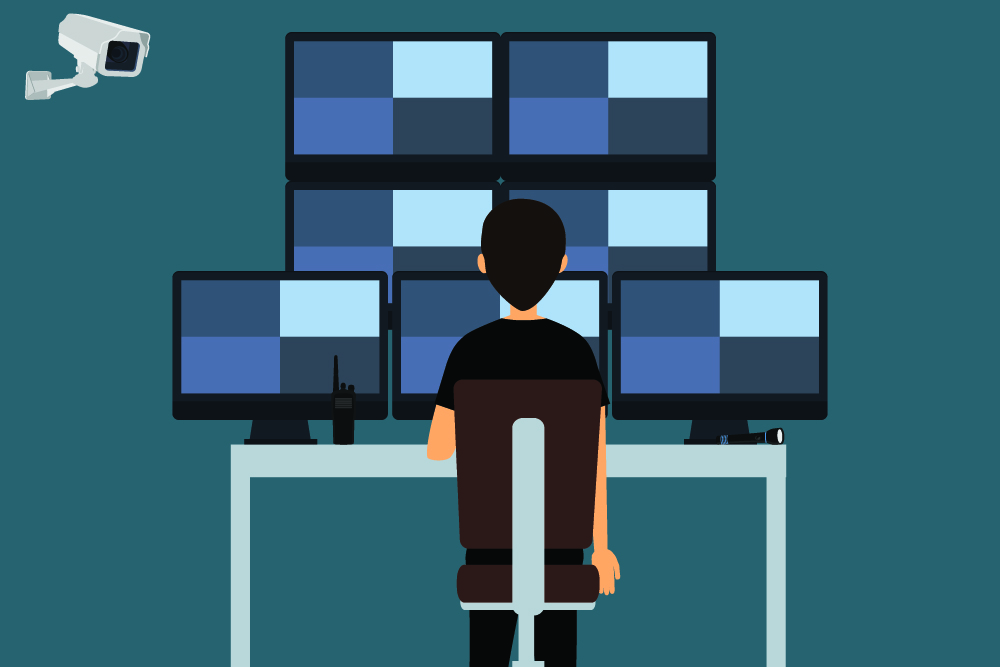HR professionals often implement call monitoring to support employee development, improve customer service, and ensure policy compliance. These are valid goals. But without a legal framework backing these efforts, the risk of unintentionally violating employee rights is high.
Even when intentions are good, execution still matters. Monitoring without a clear policy—or in ignorance of state laws—can lead to lawsuits, fines, or internal backlash. HR must understand the line between smart oversight and unlawful surveillance.
In fact, Gartner reports that 73% of organizations are already monitoring employee productivity through digital tools, including call recording. With such high adoption, the legal and ethical implications are too significant to ignore.
Understanding the Legal Framework: Consent, State Laws, and Expectations
Call monitoring laws in the U.S. are notoriously complex. Federal regulations generally allow for call recording with one-party consent, meaning only one participant in the conversation must be aware that it’s being recorded. But several states, including California, Florida, and Pennsylvania, require two-party consent, meaning all participants must be informed and agree.
The consequences for ignoring these distinctions can be steep. HR professionals must also consider the reasonable expectation of privacy, which can vary by context.
For example, monitoring work calls from company-issued phones may be permissible under policy—but recording personal calls without consent is an entirely different matter.
Additionally, laws evolve. What was compliant last year may not hold up today. That’s why HR teams must stay informed and ensure policies align with both federal and state requirements.
Common HR Monitoring Scenarios—and Where They Go Wrong
Call monitoring mistakes often happen in routine workflows, not dramatic misuses. Common missteps include:
- Recording without proper notice: Even with good intentions, failing to notify employees or obtain proper consent can breach legal requirements.
- Improper storage and access: Storing call recordings without appropriate safeguards or access restrictions can violate data protection laws.
- Using call data in disciplinary actions without clear policy: If monitoring policies aren’t well-documented, using recorded calls as grounds for corrective action can appear retaliatory or arbitrary.
These issues highlight the need for strong, documented protocols. A policy that simply says “calls may be monitored” is not enough.
Balancing Compliance with Culture and Trust
Employees understand that performance may be monitored, but undisclosed surveillance—especially involving voice recordings—can feel invasive. And when employees feel watched rather than supported, trust breaks down.
A survey revealed that 59% of employees believe workplace monitoring erodes trust, and 56% say it increases anxiety. This underscores the necessity for HR to strike a balance between compliance and culture.
Here, transparency is key. HR leaders should view call monitoring policies not only as a legal requirement but as a cultural signal. A well-communicated policy clarifies boundaries, supports a respectful workplace, and reduces ambiguity that might otherwise lead to tension or legal risk.
Best Practices for Legal and Ethical Call Monitoring
To implement call monitoring successfully and lawfully, HR teams should:
- Notify employees clearly and consistently
Use onboarding sessions, policy documents, and verbal reminders to ensure everyone understands how and when calls may be monitored.
- Document consent and acknowledgment
Include monitoring policies in employee handbooks and require signed acknowledgment.
- Train HR and management on state-specific rules
Teams must understand one-party vs. two-party consent, especially in organizations with remote or distributed teams.
- Establish clear usage and retention policies
Define how long recordings are kept, who can access them, and how they can be used—particularly in performance reviews or disciplinary procedures.
- Audit regularly
Review practices and policies at least annually to ensure continued compliance with changing laws.
A compliance-first approach doesn’t just protect the company—it fosters accountability, professionalism, and mutual respect.
Protecting Employees—and the Organization
Call monitoring can be an asset to HR, enabling better coaching, accountability, and compliance. But without a legally sound foundation, it can expose the organization to serious consequences.
Rather than assuming legality, HR teams must intentionally build compliance into every step of their monitoring strategy. That means understanding the laws, communicating transparently, and documenting policies and consent with care.
Ultimately, the best monitoring strategies are those that protect both people and the business—proving that HR can support performance while staying firmly on the right side of the law.
As Chief Technology Officer at Gryphon AI, Neal Keene supports the development and execution of business strategy by aligning department goals, processes, and resource allocation. Most recently, he spent time at Smart Communications, where he held a CTO and strategy role. With experience in business development and strategy, Neal has spent his career focused on helping companies deliver effective, compliant customer experiences, with products like TCPA compliance software, across digital and traditional channels.




